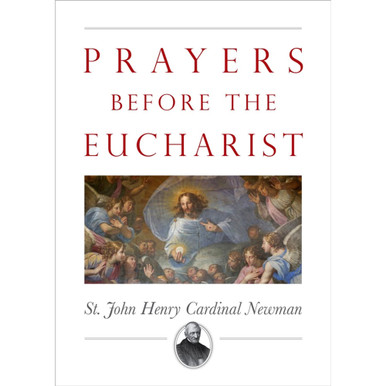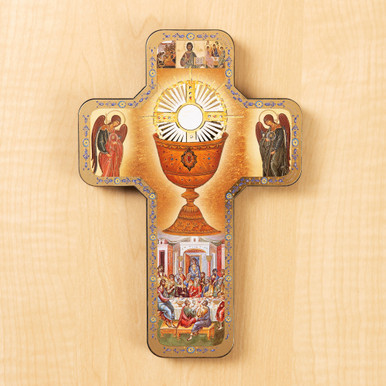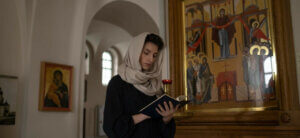Some people think that the Lutheran and Anglican churches align with the Catholic Church in professing the Real Presence of Jesus in the Eucharist.
While various Lutheran and Anglican churches retain aspects of Catholic theology, their stance on the Real Presence is not the same as the Catholic Church’s teaching.
In his book What Catholics Really Believe: 52 Answers To Common Misconceptions About the Catholic Faith, Karl Keating explains that Lutherans and Anglicans believe in consubstantiation, which is not the same as the Catholic teaching on transubstantiation.
Consubstantiation says that the body and blood of Christ are with—or alongside, so to speak—the substance of bread and wine. Transubstantiation, on the other hand, professes that the whole substance of the bread and wine literally changes into the body and blood of Jesus, while maintaining only the appearance of bread and wine.
Karl Keating discusses how the term “transubstantiation” was defined at the Fourth Ecumenical Council of the Lateran, and it is the only word that accurately describes the mystery of the Real Presence. Jesus didn’t say, “This bread contains my body.” He said, “This IS my body” (Matthew 26:26, Luke 22:19, Mark 14:22).
Transubstantiation is rooted in Scripture and explained further in Cyril of Jerusalem’s Catechetical Discourses in 350 A.D., which states that Catholics receiving communion must be “fully convinced that the apparent bread is not bread, even though it is sensible to the taste, but the body of Christ, and that the apparent wine is not wine, even though the taste would have it so.”
For more further explanation on basic Catholic teaching, check out Karl Keating’s What Catholics Really Believe, sold here.















